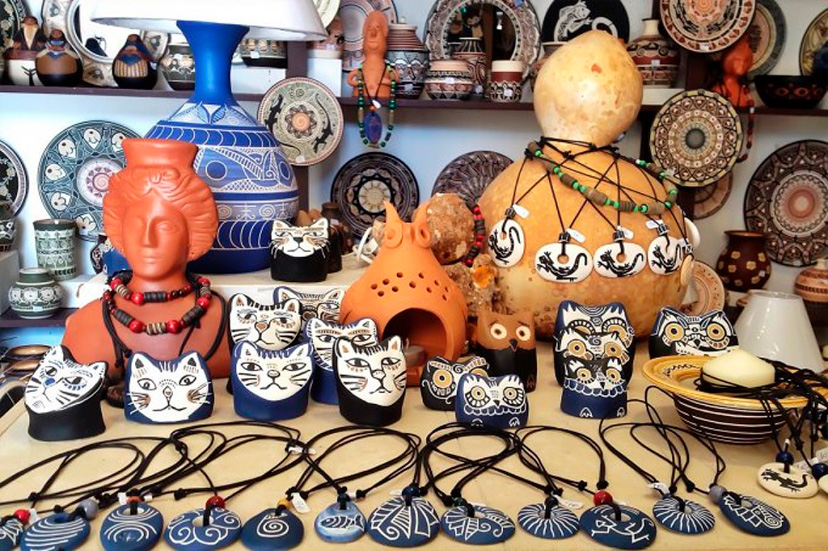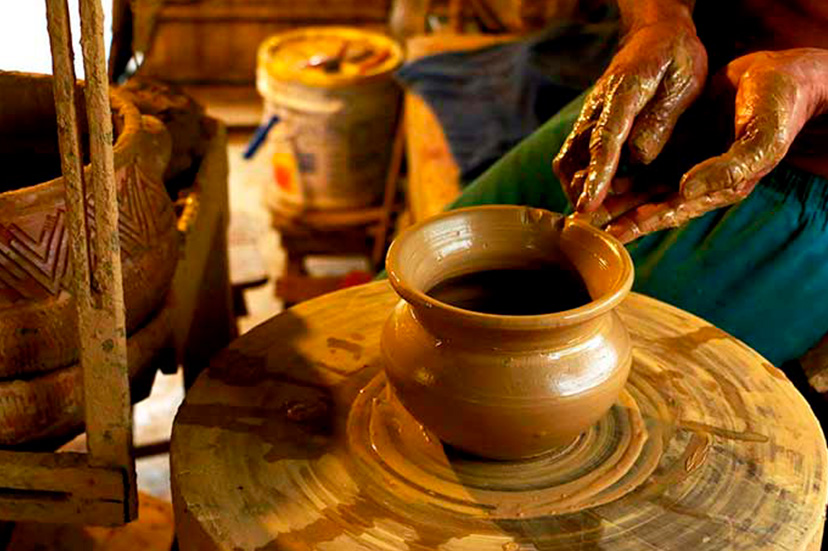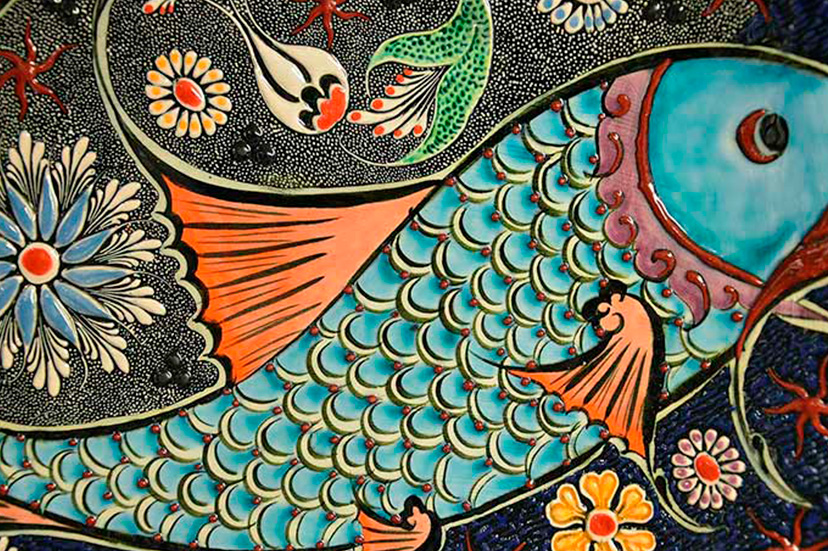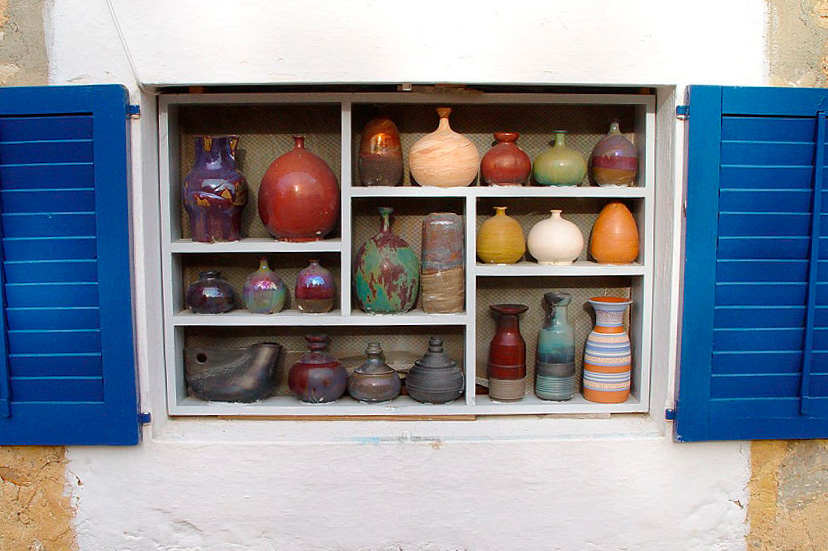The noble art of creating pots, recipients of every kind, and sculptures has always been fundamental to the culture and history of Ibiza. Pieces treasured since time immemorial bear witness to an aspect of the island with which few are familiar, but which today is becoming better known and increasingly a popular trend, namely the rural, organic natural and artisanal Ibiza. It is no surprise that every year ancient pieces of pottery are found on the sea bed and the Ibiza Archaeological Museum (MAEF) is notified of their presence as it is important for them to be removed by experts for their study, ensuring that they are not damaged, since artefacts like these are often extremely valuable or delicate. This summer, in fact, in a cove located between the beach of Ses Salines and the Torre de Ses Portes, a 2000 year old Ibizan wine amphora from the Carthaginian era was discovered, which is now on display at the museum and well worth a visit.
And from a perusal of the museum displays, it is easy to see how the influence of the ancient cultures that peopled the island for centuries is ever present in the pieces created today. They present a miscellany of items resulting from the passage of various cultures that settled on the island, with input from Carthaginians, Romans and Arabs, resulting in a profusion of colours, deities, motifs and designs, imbuing with their rich culture the pieces that you can buy in the form of plates, vases or jugs, along with sculptures for adorning homes and gardens.
Great masters of the Ibizan ceramic tradition, Joan Planells “Daifa”, Toni Marí Frígoles and Luís Amor, raised this trade to the level of art and they represent three examples of self-taught, self-made artists. Joan Planells, better known as “Daifa”, was born in1907 into a local farming family, and began extracting clay from in front of the old cemetery of Ibiza. Knowledgeable about pottery and its raw material, “Daifa” was a visionary and very much a man of his time, able to adapt to changes in society, and creating pieces that today are considered true treasures.
“Daifa” was instrumental in making the need for everyday clay pots for conventional use a whole way of life and a genuine passion and desire to create beauty from clay. A love that he transmitted to his pupil, Toni Marí Frígoles, who in turn transferred this to his daughter, María José Marí Bufí, who has followed in his footsteps, creating works of art in her own workshop where she breathes life into figurines of country couples with her own innovative touch, or busts of the goddess Tanit that she paints in tones of ochre, green or silver. Reproductions of day to day artefacts from the Carthaginian era, miniature stars, sea horses, hedgehogs, leaves or shells designed as pendants, are just a few of Maria Jose’s creations, always taking inspiration from her father’s work.
Toni Mari Frigoles, characterised by his ever-ready smile, has created all kinds of “botijos”- earthenware water jugs- lamps and Carthaginian terracotta which have gained so much in popularity in recent times.
In the case of the Asturian artist Luis Amor, his first compositions were paintings that he began to create on the island in 1974, showing stylised images of country women who featured in his paintings or post cards, and which he later translated to ceramics in the form of a series of sculptures which went on to be widely imitated in Ibiza.
Thanks to them all, today the terms colour, originality and craftsmanship define a particular Ibizan ceramic tradition, which have become an institution in craft markets such as Sant Rafel de Forada.




